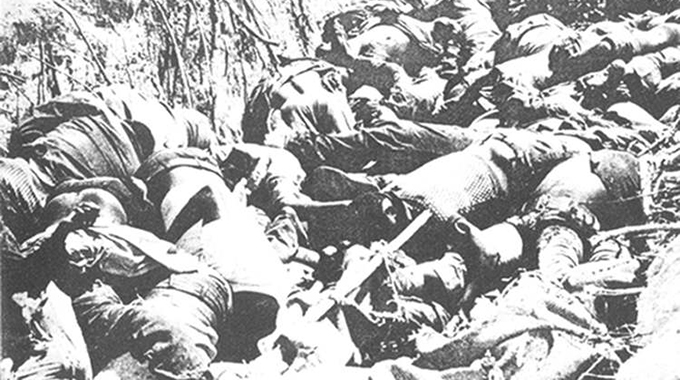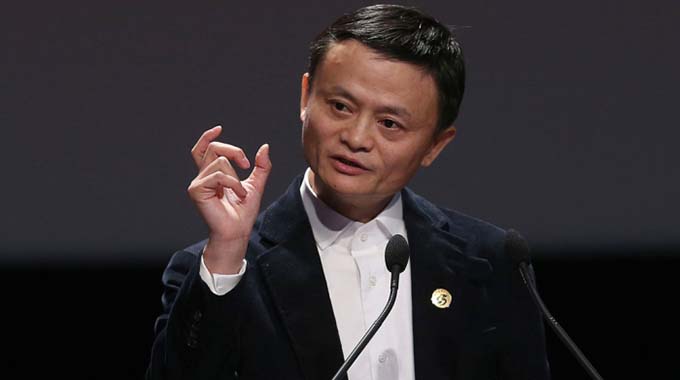Why we need to tell liberation struggle stories through film

Leroy Dzenga Youth Diaries
This week’s edition of the Youth Diaries is directed specifically at the creative sector.
The focus is informed by the fact that most of the people occupying space in the arts are young and the sector itself has not been performing to the expected standards.
Our arts sector has produced many talented artistes, some who have broken global barriers, with names like movie stars Danai Gurira, Tongai Chirisa and Chipo Chung and music producer Brian Soko quickly coming to mind.
Despite the individual successes of these mentioned people and others, our arts industry has failed to collectively have global impact.
It is always a case of intermittent emergence of outliers.
Since 1980, very few people have commanded global respect from their Zimbabwe bases.
It is almost as if one needs to migrate for them to be seen as a serious content creator.
Our circumstances are different from South Africa or Nigeria, where there has been buy-in for their art, as well as stories from the global market, even when the creators are based in the respective countries.
What is these countries’ secret?
There is a pattern followed by artistes from countries that have commanded domineering space in global arts.
All of these artistes tell their stories in a way that cannot be replicated by anyone in their absence.
If anything, all the authentic stories told are rooted in a significant phase in a people’s history which defines them.
In South Africa, one such project with identifiable elements of history is “Sarafina”.
The classic 1992 film which stars Leleti Khumalo, Whoopi Goldberg, Miriam Makeba and John Kani among others, is what shaped the complexion that South Africa’s film industry took.
Set in the apartheid era, the film is one of the best ever to be produced in the country.
A clear South African story was told at that point and inspired generations of content creators.
Zimbabwe has an opportunity to follow that template and create pieces of art that resonate with our liberation war.
The struggle for independence was eventful and had many parts that can be converted into saleable creative content across disciplines.
Has there been an exploration of events like Chimoio massacre, General Tongogara’s accident, Herbert Chitepo’s assassination, the 1978 Salisbury fuel tank bombing and the Lancaster House Conference, among many others?
Imagine the documentaries, biopics, books, movies, television series and other content that can be generated from those events.
They would give us a competitive advantage over everyone in the world in that we hold the full rights to the stories and have nuanced understandings of what happened.
A global exampleis how American rapper Shaun Carter, better known as Jay Z, composed a song titled “My President is Black” after Barack Obama’s election as America’s first black president in 2008.
In the song he said;
“Rosa Parks sat so Martin Luther could walk, Martin Luther walked so Barack Obama could run, Barack Obama ran so all the children could fly.”
These lyrics aptly captured the struggles of black people in America as they continue to fight a racially prejudicial system.
It went back in history to 1955 when Rosa Parks refused to surrender her seat to a white passenger on the bus, it went to the time Martin Luther led the civil rights movement and framed the election of Barack Obama as president as a culmination of all earlier efforts.
All this was done with sonic influences which resonate with the modern audience.
Technically, Zimbabwe may struggle to beat other countries in what is considered conventional art.
Technology is always moving fast and as the country is still developing, it may be difficult for our craftsmen and women to stay abreast with skills, trends as well as approaches.
If we try to create stories that are not rooted in our own experiences, we will always play second fiddle because we will be trying to speak from a perspective that is not ours.
Maybe Government, through the Ministry of Youth, Sport, Arts and Recreation, should find ways to incentivise the production of such content.
It is not uncommon for governments to have funds that help in amplifying voices that tell stories of national significance.
A report by The Independent, a United Kingdom newspaper, showed that between 1911 and 2017, the United States funded more than 800 feature films.
After such an investment by a government, it should not come as a surprise that they are market leaders in the world of film.
Zimbabwe may need to draw inspiration and start thinking around similar approaches.
Content creation is expensive; without financial support it remains a distant pipe dream unless the artiste is already privileged.
Beyond financial support, there is also need for infrastructure and systems.
Distribution of artistic work created should have proper channels through which it reaches the people.
Maybe there is a lot of content stuck in laptops and hard drives because the producers do not know how to get their work to the people.
Forty years after independence, artistes and authorities in Zimbabwe need to introspect on why there has been very little creative content that captures events that led to our independence.
The 1996 film “Flame”, featuring Marian Kunonga and Ulla Mahaka, went some way in filling that void by exploring the role of female guerrillas during the liberation struggle.
But there is certainly room for more such films for posterity’s sake.
Even the journey traversed so far has not been condensed into consumable works of art which can help with ensuring that the world gets to see some of the things we hold dear.
The global narrative is a jigsaw of stories from different countries, Zimbabwe should not let its space go to waste.
It should stand up and be counted, it is achievable if the creative sector which houses many youths lives up to its role of being the window through which the world gets to get snippets of what it means to be Zimbabwean.
We are a country of rich stories, only that they go unshared.
Maybe there is need to go to the late Cde Chinx Chingaira’s playbook and see how he used to bring old revolutionary songs and content into the contemporary.
Feedback: [email protected]








Comments